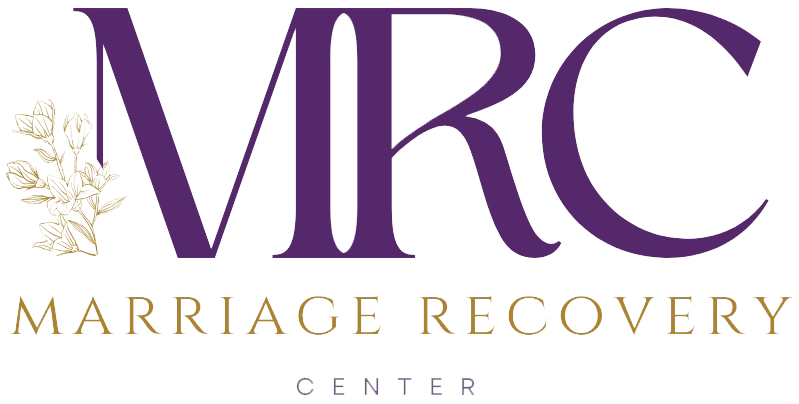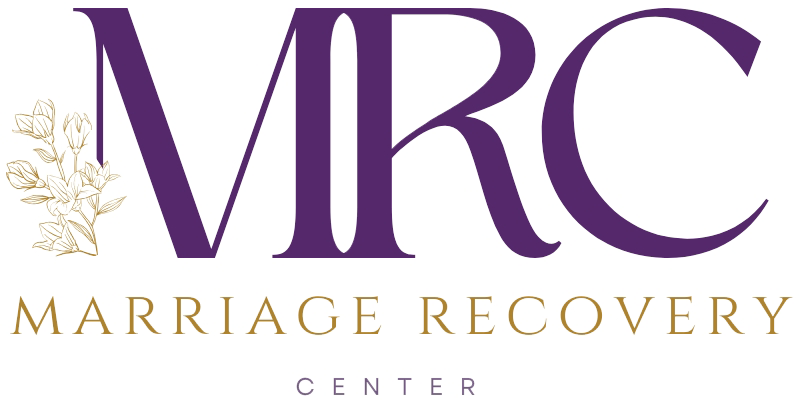Dr. David Hawkins discusses the purpose of a marital intervention and what it will take to finally get the answer to the question you’ve been asking for so long – what are my options when my spouse refuses to get help or acknowledge what he is doing to me and to the relationship? Are my only options to leave, or simply live in this unbearable situation? Is there any hope for someone living in emotional abuse?
What is the Purpose of Marital Intervention
In the journey of marriage, there may come a point when one or both partners realize that change is necessary for the relationship to thrive. They may have read books, watched videos, and recognized that continuing on the same path will yield the same results. However, when one partner resists change or refuses to seek counseling, it can create a roadblock. This is where marital intervention becomes crucial. While the idea of intervention may sound intimidating, it serves a purpose of breaking free from unhealthy patterns and bringing about positive transformation in the marriage.
The Need for Change
When you reach a point where you realize change is necessary in your marriage, it’s important to identify what needs to be changed. This could include areas such as improving communication, addressing emotional abuse, or working on individual character flaws. Defining the specific aspects that require change will guide the intervention process and determine the level of intervention needed.
Preparing for Resistance
Change often meets resistance, and marriage is no exception. It’s essential to prepare yourself for potential pushback from your partner. They might question your intentions or feel threatened by the idea of intervention. However, resistance should not deter you from pursuing the necessary change. Anticipating and understanding this resistance will help you navigate through it with patience and empathy.
Turning Up the Heat
To initiate change, it’s necessary to turn up the heat and disrupt the status quo. This means no longer enabling the current state of affairs and making it clear that things cannot continue as they are. You must communicate to your partner that you are willing to take action to bring about change, even if it means seeking professional help or intervention. By doing so, you present them with an opportunity to participate in a positive, transformative process.
The Ultimatum
While the term “ultimatum” may carry negative connotations, it can be an essential part of the intervention process. By presenting your partner with an ultimatum, you make it clear that change is non-negotiable for the well-being of the relationship. Communicate your expectations firmly yet compassionately, emphasizing your love and care for them. Putting your intentions in writing can help solidify your commitment to saving the marriage.
Taking Drastic Action
If your partner continues to resist change, it may be necessary to take more drastic action. This could involve temporarily separating or seeking therapeutic separation to create space for reflection and reconciliation. While these measures may be challenging, they demonstrate the seriousness of the situation and the need for intervention. By disrupting the familiarity of daily life, you emphasize the urgency and importance of seeking professional help.
The Promise of Change
Despite initial resistance, interventions have proven to be effective in bringing about positive change in marriages. By persistently expressing your love and concern, couples can find the courage to embark on the journey of transformation together. Whether through individualized or group marriage intensives, these interventions offer a structured and supportive environment to address issues and foster a healthier, happier relationship.
Embracing Courage
Taking the step towards marital intervention requires courage and determination. It means recognizing the need for change, preparing for resistance, and being willing to disrupt the status quo. While the process may disrupt your life, the ultimate goal is to create a relationship built on love, trust, and mutual growth.
Conclusion
Marital intervention serves as a catalyst for change in relationships that are no longer sustainable. By acknowledging the need for change, preparing for resistance, and taking decisive action, couples can embark on a transformative journey. With the right guidance and support, interventions can lead to healthier, happier marriages. Embrace the courage to initiate change, and open the doors to a brighter future together.
To learn how we can help, reach out to us at (206) 219-0145 or info@marriagerecoverycenter.com to speak with a Client Care Specialist
Also read: What is Covert Emotional Abuse?
About Dr. Hawkins:
The internet is inundated with hyperbole and misinformation about narcissism, leaving many people confused and hopeless. Get the facts on narcissism and emotional abuse from someone who has been researching, writing about and treating narcissism and emotional abuse for over a decade.
Dr. Hawkins is a best-selling author and clinical psychologist with over three decades of experience helping people break unhealthy patterns and build healthier relationships.
He is the founder and director of the Marriage Recovery Center and the Emotional Abuse Institute which offers education, training and counseling for people who want to break free of, and heal from, emotional abuse. Whether the perpetrator of the abuse is your spouse, partner, parent, boss, friend or family member, we offer practical advice for anyone trapped in a toxic, destructive relationship.
In addition to narcissism & emotional abuse, you’ll learn about the lesser known forms of abuse, including covert abuse, reactive abuse, spiritual abuse, secondary abuse, relationship trauma and much more.








